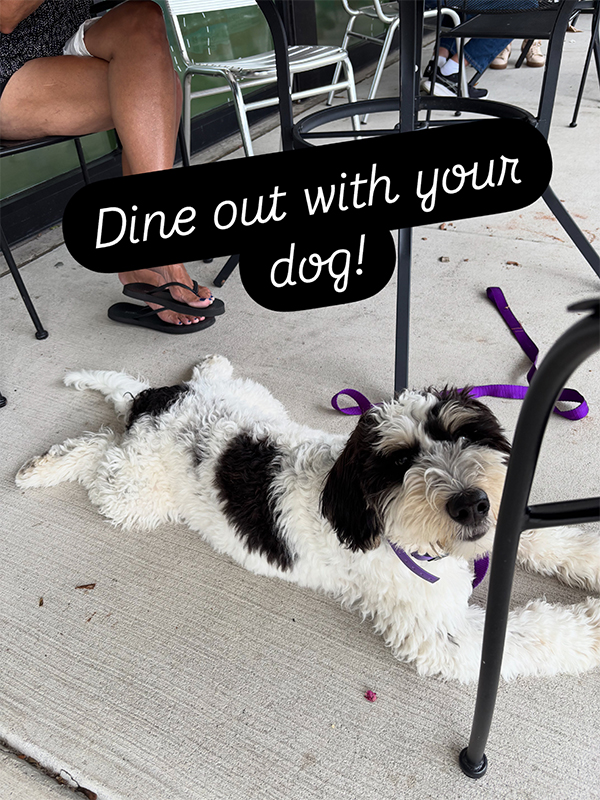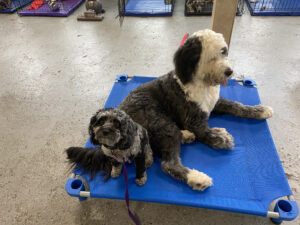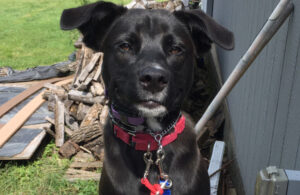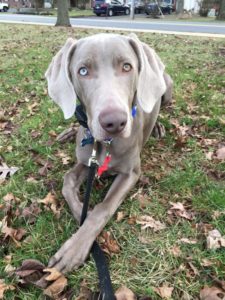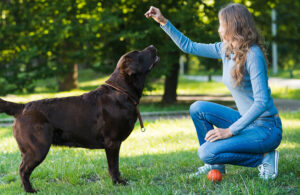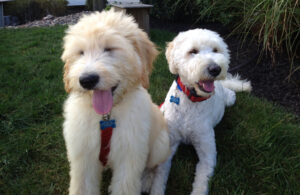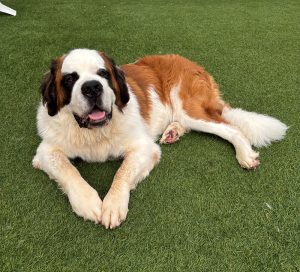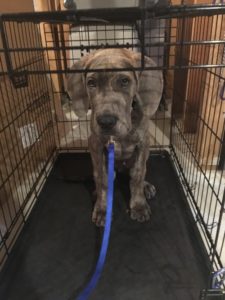Over the next 3 weeks, I’m training a young puppy named Reggie. Her owners want her to be an “everywhere dog,” meaning she will have good manners in public and possess the ability to be calm when out and about. When her owners first brought Reggie home, they implemented my puppy tips, which I’ll be sharing during her stay.
Keep in mind when you get a puppy that you are raising them to be the adult dog of your dreams. You will be tested on the regular, and you might be tempted to give up training, because of time, or some other excuse. That’s when you’re going to remind yourself to focus on the end goal and stick with it.
Your first item of business is to have a properly sized crate set up and ready to go. This will help prevent separation anxiety by teaching the pup to be away from you. It’s the most useful tool when implementing a structured schedule as well as potty training (more on this in my next post).
Your puppy should be willing and able to go in the crate and relax. However, puppies often carry on like crazy when they first come home. They don’t have their mama or their littermates anymore, so it’s an adjustment you need to help them work through.
Do not (under any circumstances) let the pup out of the crate to sleep in your bed. If you do, you just taught your puppy that a tantrum will get it what it wants.
Instead, place a blanket in the crate so the pup will be warm. You can cover the sides of the crate for added seclusion, but make sure there is airflow by allowing the front and back to be uncovered. It might also be helpful to purchase a snuggle puppy from your local pet store, Chewy or Amazon. Snuggle pups can help your pup settle down in the crate.
Bonus tip—young puppies between 8 to 16 weeks of age should be getting 20 hours of sleep per day. That’s dramatically more than most people realize.


